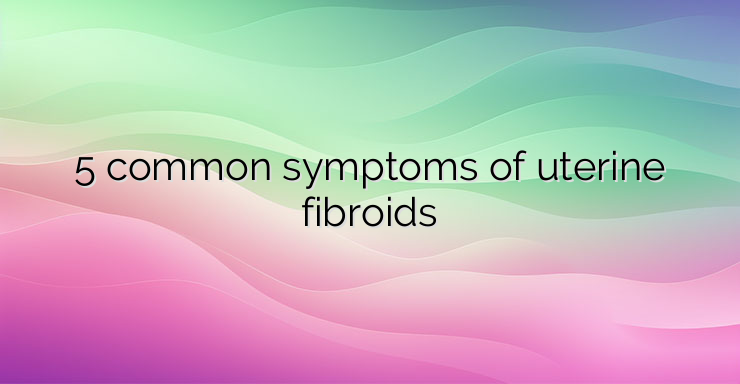Uterine myoma is the most common benign tumor of the female reproductive system. It occurs mainly among women of reproductive age – between 30 and 50 years. In addition to the term myoma, the benign formation of the uterus is also referred to by the terms leiomyoma and fibroma, depending on the ratio of smooth muscle and connective tissue fibers of which it is composed. Treatment of fibroids depends on the patient’s reproductive plans and can be medical or surgical. Depending on their location in the uterine cavity, several types of fibroids are distinguished: 1. Intramural fibroid node – located in the wall of the uterus, causing deformation of the uterine cavity. It is the most common type; 2. Submucosal – protruding towards the uterine cavity. The main type causing endometrial bleeding. It can be on foot – pedicularized; 3. Subserous – directed to the peritoneum (serosa), thus pressing various organs in the abdominal cavity; 4. Intraligamentary – most often subserous, growing towards the broad uterine ligament; 5. Parasitic – with an alternative blood supply. As a result, it “breaks off” from the uterine body and is located freely in the abdominal cavity. Although uterine fibroids are very often asymptomatic, there are five main symptoms that can suggest its presence: 1. Menometrorrhagia – endometrial bleeding is the most common symptom. The cause of bleeding in submucosal fibroid nodes is the compression of the surrounding blood vessels. 2. Secondary anemia – bleeding logically leads to progressive secondary anemia. The condition is usually accompanied by general weakness, dizziness, headache, etc. 3. Pain – more often occurs with torsion (rotation) of submucosal and subserous fibroid nodes on the leg. The cause of pain can be the so-called degenerating myoma nodule, which is a gynecological emergency and is characterized by the movement of the myoma nodule through the cervical canal. 4. Sterility – the cause of infertility in uterine fibroids is the deformation of the uterine cavity by the nodes. Another reason for difficult implantation of the blastula is heavy bleeding. 5. Symptoms related to the compression of various organs in the abdominal cavity – in some cases, the fibroid node can press the rectum and cause constipation. Urinary disturbances may occur when the bladder is compressed – difficult and painful urination (dysuria), frequent urination (pollakiuria). Compression of the ureter can lead to hydroureter and mechanical hydronephrosis. Diagnosis is usually based on a history taken and a pelvic examination. With bimanual palpation, a mass or irregularities on the uterus can be palpated. Usually, the fibroid nodule is firm, has a pseudocapsule, and is mobile. Ultrasound examination, scanner, nuclear magnetic resonance are also applied. Thanks to them, the exact size and location of the myoma node can be determined. Uterine fibroids can be treated with medication,related to symptom relief, and operative. Gonadotropin-releasing agonists are among the medications that are used in the treatment of myoma nodes – means that suppress menstruation and the patient enters a state of menopause. Nonsteroidal anti-inflammatory drugs (NSAIDs) are used to relieve painful and heavy periods. Secondary anemia is corrected with iron preparations. Surgical treatment can be by removing the fibroid node (myomectomy) or the entire uterus (hysterectomy). This mainly depends on the patient’s age and her future plans to become pregnant. Uterine fibroids are common benign growths that can cause infertility. Despite the symptoms they cause, they are not particularly dangerous and their treatment is successful in most cases.


Leave a Reply